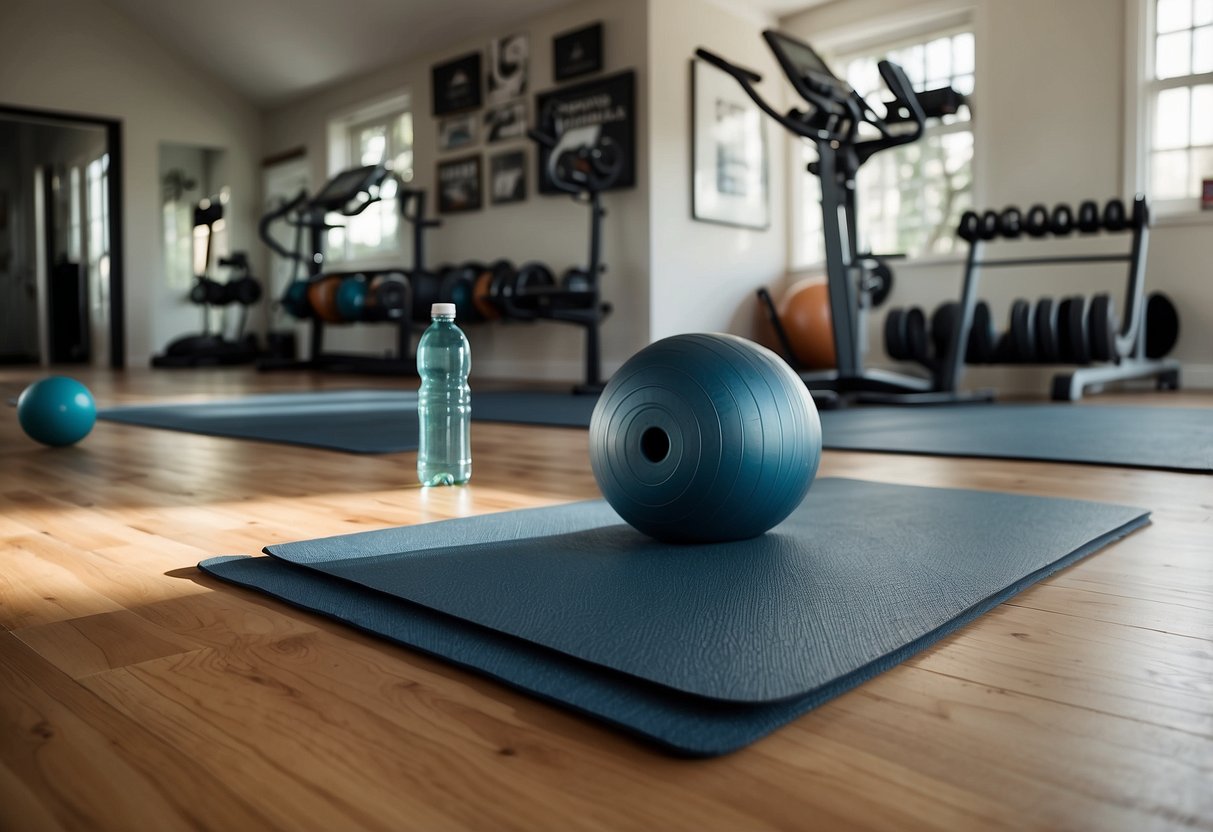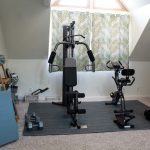DIY Cardio Workouts: High-Intensity Interval Training (HIIT) at Home – Ultimate Guide to Effective Home Fitness
Benefits of HIIT
High-Intensity Interval Training (HIIT) offers efficient workouts that maximize fitness in minimal time. By alternating between intense bursts of exercise and brief recovery periods, HIIT provides cardiovascular benefits similar to longer workouts.
HIIT workouts can improve heart health by increasing cardiovascular strength. They stimulate blood flow, helping to reduce the risk of heart disease.
By engaging multiple muscle groups, HIIT boosts metabolism. This results in higher calorie burn during and after the workout, contributing to effective weight management.
Short and versatile, HIIT can be adapted to various fitness levels. It requires minimal equipment, making it accessible for home workouts.
HIIT also enhances endurance and athletic performance. The intense nature of the workout pushes the body to adapt, improving overall physical stamina.
Incorporating HIIT into a fitness routine helps to improve both aerobic and anaerobic capacity. This means better performance in various physical activities and daily tasks.
HIIT can also promote mental well-being by releasing endorphins, reducing stress, and improving mood. These psychological benefits complement the physical advantages.
Graduating from the confines of traditional cardio, HIIT adds variety to workouts, keeping exercise routines engaging and less monotonous. By including both intensity and recovery phases, participants are less likely to experience workout fatigue.
For those with tight schedules, HIIT provides a practical solution. Workouts can be completed in short intervals, offering flexibility without compromising fitness goals.
Pre-HIIT Preparation

She should begin by choosing an appropriate exercise space. A clear, open area free of obstacles is ideal to allow for safe movement and prevent injuries.
Next, it is crucial to warm up. A good warm-up increases heart rate and blood flow to muscles, preparing the body for intense activity. Jumping jacks or light jogging for 5-10 minutes are effective.
They must wear proper workout attire. Comfortable, breathable clothing and supportive athletic shoes reduce the risk of discomfort or injury during high-intensity movements.
Hydration is key. Drink water before starting the workout to ensure the body is adequately hydrated. This helps maintain energy levels and prevent cramping.
Additionally, it’s beneficial to set up a timer or use a HIIT app. These tools help keep track of intervals, ensuring the workout is efficient and well-paced.
Having a mat can be useful for certain exercises. Providing extra cushioning, a mat ensures comfort during floor-based movements.
Lastly, she should be aware of her fitness level. Modifications may be necessary, and starting with lower intensity can help build endurance and prevent overexertion.



